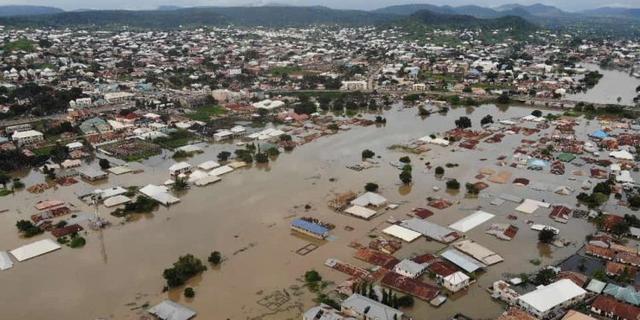Not long ago a doctor made a diagnosis of climate change as a disease. That was the first time. It was a novel. It was outstanding. It could not be ignored. You could say that history was made.
But then how can climate change be a disease? A bit confusing. Isn’t it?

What indeed is climate change?
In simple terms, it is the change of weather patterns over a long period of time.
Weather patterns affect the environment and as the saying goes, we all are a product of our environment.
Constant interaction with the environment will either maintain us in health or launch us into disease.
Unwholesome human activities are creating negative impacts on the climate. The changing climate patterns are creating new health challenges.
The impact of climate change on health spans hygiene, Pollution Studies, occupational safety and health, nutrition and health services.
In my previous blogs I wrote on cholera and typhoid fever. These obviously are diseases that are potentiated or made worse by floods and climate change.
The health impacts of climate change can be viewed from different platforms. You could talk about different levels of severity of Change.
What may appear to be mild weather change patterns may indeed be the reason for changes in the pattern of disease bearing organisms in terms of their proliferation, migration patterns and disease bearing ability. You may, therefore, notice the presence of hitherto unknown diseases in new areas.
As some neighborhoods become warmer, hitherto unknown organisms begin to thrive and new disease patterns begin to be evident. This was the reason behind the presence of mosquitoes bearing Zika virus in the coasts of Florida in the United States of America. Emerging disease patterns in other parts of the world also bear record to this assertion. The lessons from Covid-19 are still of recent memory in the mind of the World as per where the disease could thrive and where it could not easily cause major illnesses, being caused by a germ that is intolerant of hot environments.
Secondly, changes in weather patterns affect air quality. As air pollution increases as there is more particulate matter in the air, respiratory diseases worsen. There has been a documentation of increased cases of bronchial asthma, lung cancer, and the like as a result of climate change.
A third level consideration could be that that results from severe weather. Severe weather conditions come with flooding, and with destruction that cause physical and bodily harm. Communities are sacked and lives are forcefully modified thereby creating difficult conditions that enhance diseases and disabilities.
Extreme weather conditions come with difficulties for people at the extreme of age. Children and the elderly suffer severe consequences from bad weather. Heat exhaustion stroke, fainting, shock and deaths result from extreme Weather.
Whereas the World Health Organisation holds that climate change is not a direct cause of malnutrition, it is a fact that climate change is a reason for reduced food production and global Food insecurity. The current flooding events in Nigeria has become a reason for worry about the harvest season for this year.
In an environment of poverty and poor crop harvest the only other thing that can follow is that malnutrition related diseases will supervene because what to eat will no longer be determined by choice but access.
What should we do?
The old advice remains valid that we should all think globally while acting locally. Acting responsibly in our individual actions to the environment can actually keep the diseases more manageable by reducing the speed at which our environment decays. We can even restore it.
Be environmentally responsible in your choices. We encourage community protection and personalized care.





